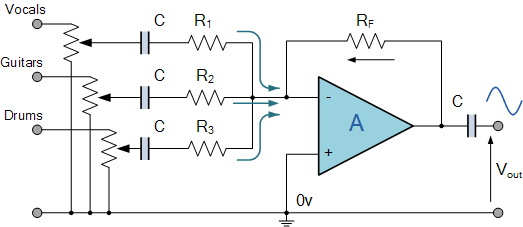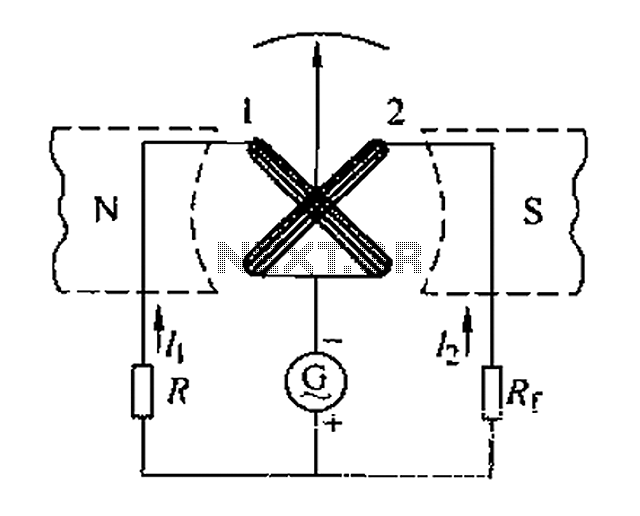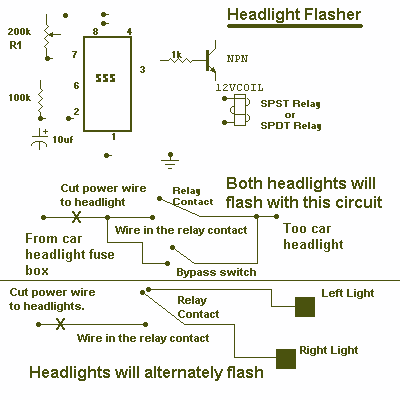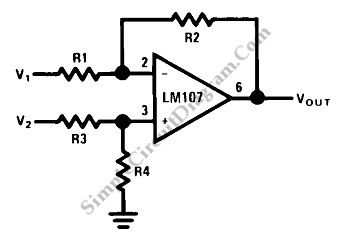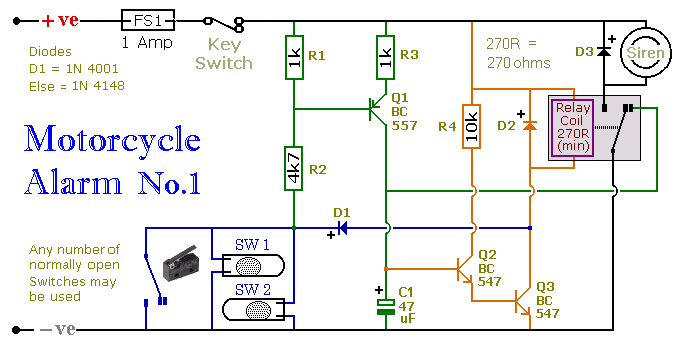
555 timer touch activated alarm circuit
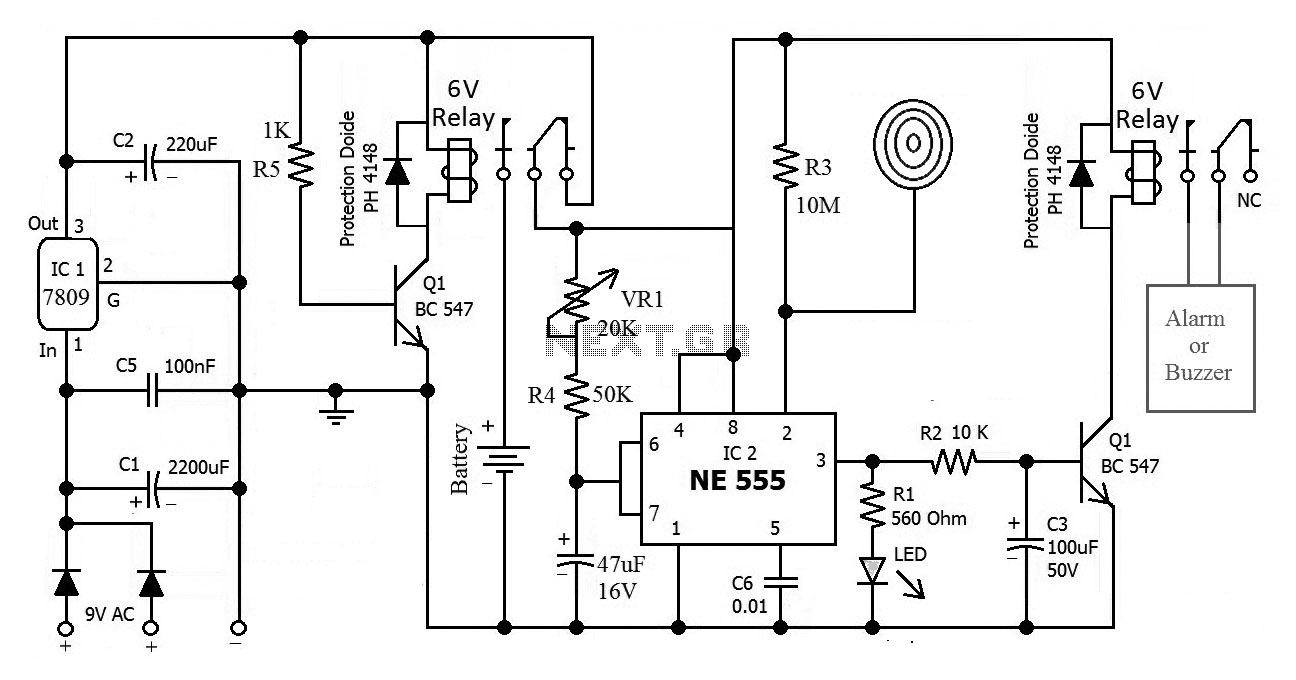
This is the circuit diagram of a touch-activated alarm system that remains operational during power outages. The alarm system is triggered when someone touches the designated touch plate. A notable feature of this circuit is the automatic battery activator, which is implemented using a relay. Therefore, there is no need for concern during power interruptions, as the alarm system will remain active. This circuit can be utilized for various applications, including home doors, lockers, vehicles, or metal gates.
The touch-activated alarm system consists of several key components that work together to ensure reliable operation. The primary component is the touch plate, which serves as the input interface. When a user touches the plate, it sends a signal to a microcontroller or a simple transistor circuit that acts as the trigger mechanism. This signal activates the alarm, which may include a buzzer or siren, alerting users to unauthorized access.
To enhance the system's functionality, an automatic battery activator is integrated into the design. This component is typically a relay that switches the power source from the main supply to a backup battery when a power outage is detected. The relay is controlled by a voltage sensing circuit that monitors the main power supply. If the voltage drops below a certain threshold, indicating a power failure, the relay activates, connecting the backup battery to the alarm system. This ensures that the alarm remains functional even during load shedding.
The circuit may also include additional features such as LED indicators to show the status of the system, a reset button to deactivate the alarm after it has been triggered, and a timer to prevent false alarms from accidental touches. The components are arranged on a printed circuit board (PCB) for compactness and ease of assembly.
Overall, this touch-activated alarm system is versatile and can be adapted to various security needs, providing a reliable solution for protecting homes, vehicles, and personal belongings.This is the circuit diagram of touch activated alarm system which still activated on load shedding. Alarm system will be activated when someone touch the touch plate which is called trigger. In this circuit the most updated part is automatic battery activator which is made by a relay. So don`t upset on load shedding you alarm system is activate d. This circuit could be used at your home door, locker, vehicle or metal gate etc. 🔗 External reference
The touch-activated alarm system consists of several key components that work together to ensure reliable operation. The primary component is the touch plate, which serves as the input interface. When a user touches the plate, it sends a signal to a microcontroller or a simple transistor circuit that acts as the trigger mechanism. This signal activates the alarm, which may include a buzzer or siren, alerting users to unauthorized access.
To enhance the system's functionality, an automatic battery activator is integrated into the design. This component is typically a relay that switches the power source from the main supply to a backup battery when a power outage is detected. The relay is controlled by a voltage sensing circuit that monitors the main power supply. If the voltage drops below a certain threshold, indicating a power failure, the relay activates, connecting the backup battery to the alarm system. This ensures that the alarm remains functional even during load shedding.
The circuit may also include additional features such as LED indicators to show the status of the system, a reset button to deactivate the alarm after it has been triggered, and a timer to prevent false alarms from accidental touches. The components are arranged on a printed circuit board (PCB) for compactness and ease of assembly.
Overall, this touch-activated alarm system is versatile and can be adapted to various security needs, providing a reliable solution for protecting homes, vehicles, and personal belongings.This is the circuit diagram of touch activated alarm system which still activated on load shedding. Alarm system will be activated when someone touch the touch plate which is called trigger. In this circuit the most updated part is automatic battery activator which is made by a relay. So don`t upset on load shedding you alarm system is activate d. This circuit could be used at your home door, locker, vehicle or metal gate etc. 🔗 External reference
